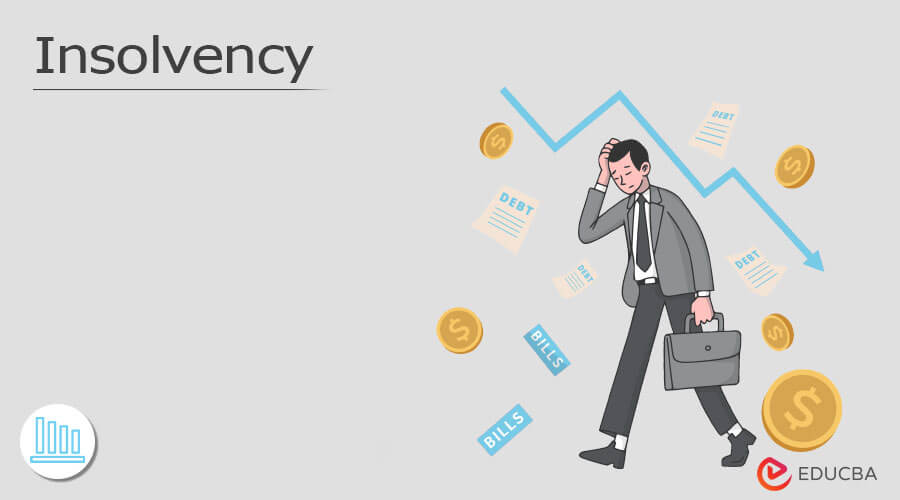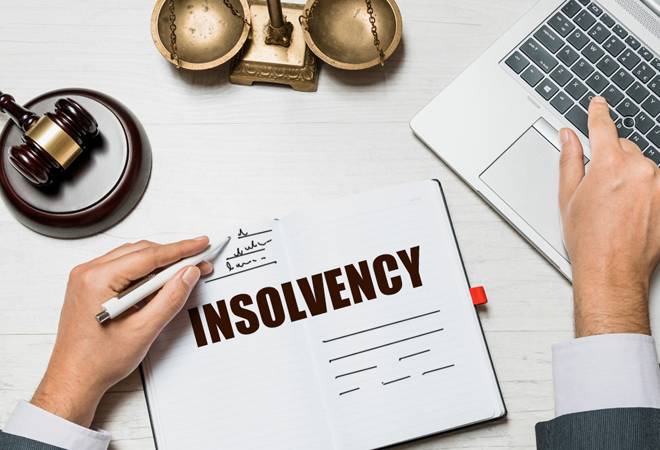The Best Strategy To Use For Insolvency Practitioner
The Best Strategy To Use For Insolvency Practitioner
Blog Article
The Basic Principles Of Insolvency Practitioner
Table of ContentsInsolvency Practitioner Can Be Fun For AnyoneMore About Insolvency Practitioner9 Simple Techniques For Insolvency PractitionerThe Best Strategy To Use For Insolvency PractitionerGetting My Insolvency Practitioner To WorkWhat Does Insolvency Practitioner Do?Fascination About Insolvency Practitioner
Insolvency is when responsibilities are higher than the value of the company, or when a debtor can not pay the financial obligations they owe. A company can become insolvent due to a variety of situations that cause bad cash flow. When encountered with insolvency, a business or individual can contact lenders straight and restructure debts to pay them off.Organization owners might contact financial institutions straight and restructure financial obligations into even more workable installments. Lenders are commonly open to this strategy since they want to be paid off and avoid losses, also if the repayment is on a delayed routine.
The 20-Second Trick For Insolvency Practitioner
The proprietor produces a proposal describing exactly how the debt may be restructured using cost reductions or various other strategies for assistance. The proposal shows lenders just how the service might produce enough cash money flow for lucrative procedures while paying its debts. Commonly, a forgiven debt might be considered earnings by the Irs (INTERNAL REVENUE SERVICE).

Insolvency Practitioner for Dummies
When procedures cease, so does the firm's revenue (Insolvency Practitioner). Some business end up being bankrupt due to the fact that their items or services don't evolve to fit customers' changing needs.
Expenses surpass profits and costs stay unsettled. Kinds of bankruptcy consist of cash-flow insolvency and balance-sheet insolvency. Cash-flow bankruptcy takes place when a company has the possessions to cover their debts but they are in the wrong form, such as realty rather than liquid funds. Balance-sheet insolvency, on the other hand, indicates an absence of possessions in any kind of form to cover financial obligations.
The IRS states that a person is bankrupt when the complete responsibilities exceed complete assets. A bankruptcy, on the various other hand, is a real court order that illustrates just how a financially troubled person or business will pay off their lenders, or exactly how they will certainly market their assets in order to make the repayments.
Everything about Insolvency Practitioner

Recognizing the factors that can bring about insolvency, such as overspending, can aid you prevent insolvency and its repercussions.
Rumored Buzz on Insolvency Practitioner
It is well understood that directors and police officers of corporations (and managers of restricted obligation firms) owe fiduciary duties to their companies and their shareholders (or members). These fiduciary commitments are defined by state statutes and, though there are variations from one state to another, they usually consist of an obligation of commitment and a task of care.
The task of treatment requires directors and police officers to exercise diligence, to make informed choices, and to act in good confidence to ensure that their activities remain in the very best this post interest of the business. Past the extent of this conversation, some states enable these responsibilities to be limited either by so noting in the business records or complying with click here for more info various other demands.
Rumored Buzz on Insolvency Practitioner
The majority of states define insolvency in two methods( 1) when a firm's obligations become more than the sum of its possessions or (2) when the business becomes not able to pay its debts as they become dueand embrace both meanings (Insolvency Practitioner). The change in tasks happens since when a company is insolvent, there is no worth in the firm beyond that owed to the business's creditors to ensure that the equity owners no more have a financial risk in the business
Beware about providing shareholders advantageous treatment at the expense of lenders (e.g., authorizing and funding a returns or a supply redemption). Take care concerning special treatment in between classes of investors. Make reasonable initiatives to discover all the realities before taking a particular training course of activity; supervisors should really think that Go Here any type of decisions made remain in the ideal passions of the corporation in its totality (i.e., decisions will certainly be examined in knowledge because of the result of such actions on the company).
In any kind of insolvency or insolvency case, settlements made to particular lenders at the expense of other lenders can be clawed back, particularly if there is some connection between the company and the financial institution. Take into consideration recommending at a yearly stockholder conference (or any type of other conference of stockholders) a resolution affirming that all prior business decisions and actions taken by the directors and policemans of the corporation were absorbed good faith after an exercise of practical treatment.
Get This Report about Insolvency Practitioner
Fully disclose any kind of personal or organization relationships with parties on the other side of transactions including the corporation to avoid the appearance of a conflict of rate of interest. In evaluating prospective fund increasing deals or a sale of properties of the struggling firm, be conscious that these purchases might be scrutinized later on because of any subsequent development of supervisors' fiduciary obligations to include lenders.
Report this page